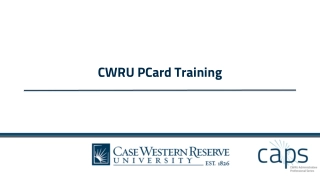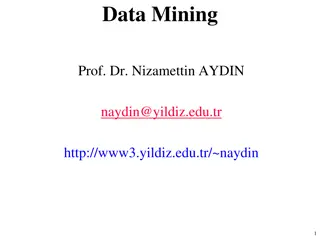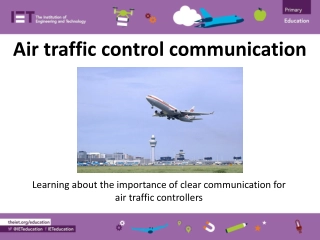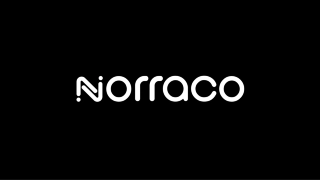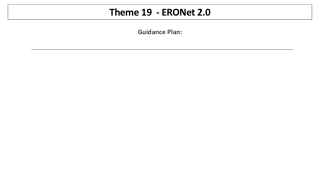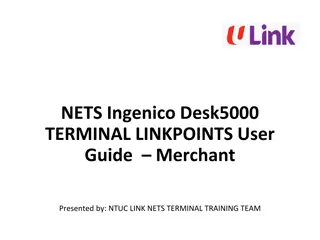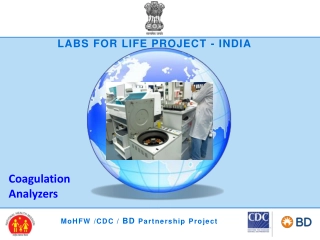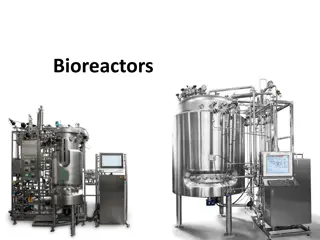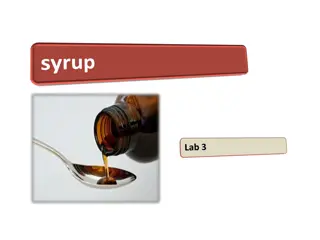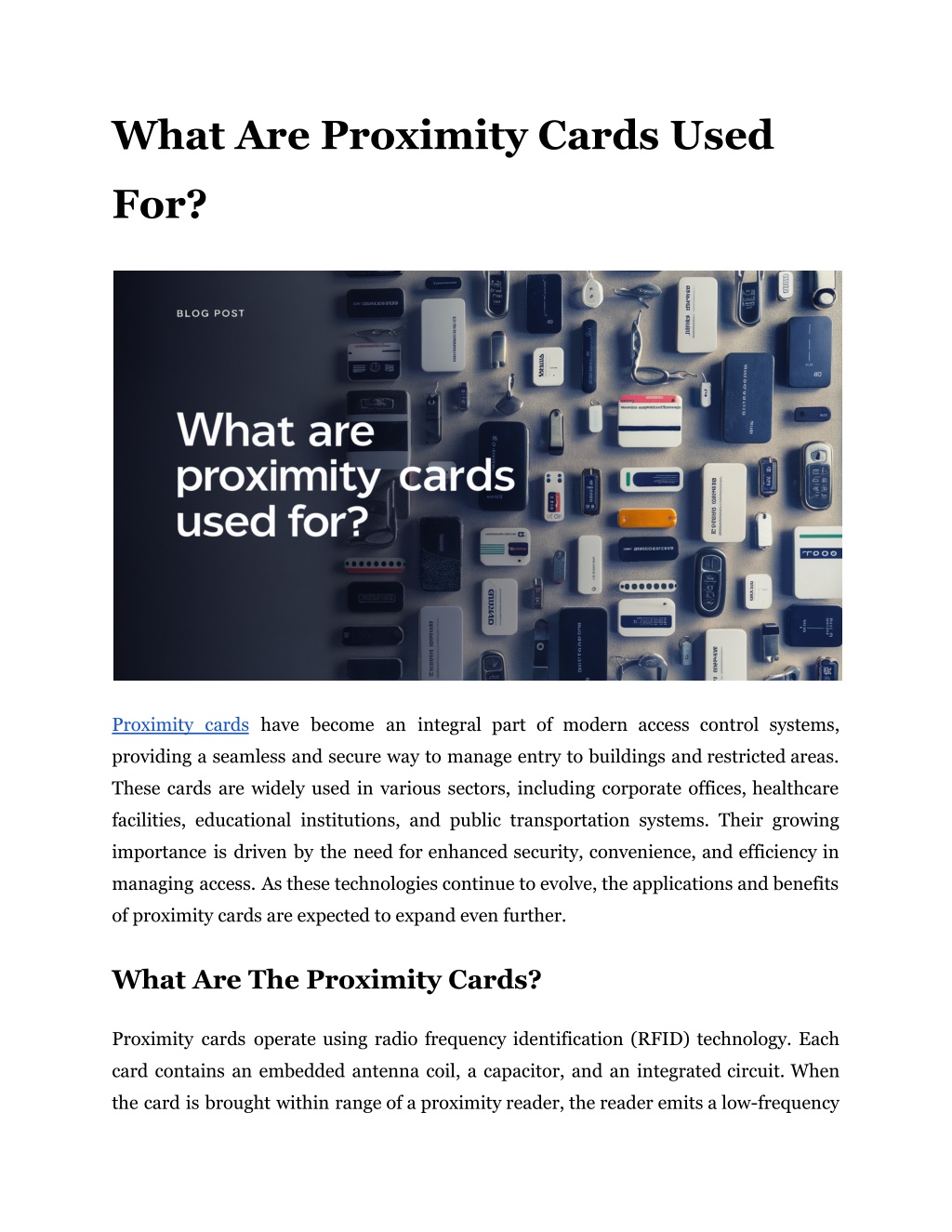
What Are Proximity Cards Used For?
Proximity cards do more than unlock doors! Learn about surprising applications for these versatile cards, from secure payments to library checkouts
Download Presentation
Please find below an Image/Link to download the presentation.
The content on the website is provided AS IS for your information and personal use only. It may not be sold, licensed, or shared on other websites without obtaining consent from the author. Download presentation by click this link. If you encounter any issues during the download, it is possible that the publisher has removed the file from their server.
Presentation Transcript
What Are Proximity Cards Used For? Proximity cards have become an integral part of modern access control systems, providing a seamless and secure way to manage entry to buildings and restricted areas. These cards are widely used in various sectors, including corporate offices, healthcare facilities, educational institutions, and public transportation systems. Their growing importance is driven by the need for enhanced security, convenience, and efficiency in managing access. As these technologies continue to evolve, the applications and benefits of proximity cards are expected to expand even further. What Are The Proximity Cards? Proximity cards operate using radio frequency identification (RFID) technology. Each card contains an embedded antenna coil, a capacitor, and an integrated circuit. When the card is brought within range of a proximity reader, the reader emits a low-frequency
electromagnetic field (typically 125 kHz). The antenna in the card picks up this signal, which powers the integrated circuit. The circuit then transmits a unique identification number back to the reader. If the ID number matches the one stored in the system's database, access is granted. This contactless interaction allows users to simply hold their card near the reader to eliminate the need for physical swiping or insertion. The typical range for these interactions is a few inches to a couple of feet, depending on whether the card is passive or active. Read More Articles: Are Reservations Required For Fine Dining Restaurants In Mclaren Vale? Types of Proximity Cards Passive Proximity Cards Passive proximity cards are the most common type. These cards are powered solely by the electromagnetic field generated by the reader. Because they do not contain a battery, their operational range is relatively short, typically up to a few inches. They are cost-effective and have a long lifespan due to the absence of moving parts or batteries. Active Proximity Cards Active proximity access cards, on the other hand, include an internal battery that boosts the signal strength. This allows them to be read from much greater distances, up to several hundred feet in some cases. These cards are often used in situations where a longer read range is beneficial, such as vehicle access control in parking lots. However, the batteries in active cards need to be replaced periodically, typically every 5-7 years.
Common Uses of Proximity Access Cards Access Control in Workplaces In office environments, Proximity Access Cards are essential for managing employee access to different areas. These cards restrict unauthorized entry. This also helps in tracking entry and exit times, thereby providing valuable data for security audits and workforce management. The use of 125 kHz Proximity Cards in workplaces reduces the risk of unauthorized access and helps maintain a secure environment. Educational Institutions Educational institutions rely on Proximity ID Cards to manage student and staff access to buildings and facilities. These cards ensure campus safety by allowing only authorized individuals to enter dormitories, libraries, labs, and other restricted areas. By integrating these cards with campus management systems, schools can monitor access patterns and respond swiftly to security breaches. This system also simplifies the process of granting and revoking access as students and staff join or leave the institution. Healthcare Facilities In healthcare settings, Proximity Cards protect sensitive patient data and allow only authorized personnel to access specific areas. These cards help safeguard patient privacy and comply with regulatory standards. For instance, they can control access to areas like medication storage rooms, patient records, and restricted treatment zones. Public Transportation Proximity Access Cards are widely used in public transportation systems for fare collection. These cards make it easy for passengers to access buses, trains, and subways without the need for physical tickets. The contactless nature of these cards speeds up the boarding process and reduces the likelihood of fare evasion.
Read More Articles: Morning Bliss: Start Your Day Right with a Splash of Honey in Your Coffee Innovative and Emerging Applications of Proximity Cards Event Management Proximity cards are revolutionizing event management by streamlining attendee management and boosting security. At large events, these cards can be pre-programmed with attendee information that allows for quick and easy check-ins. Attendees simply tap their Proximity Access Cards at entry points, reducing wait times and improving the flow of people. This way only registered attendees can access the event. Retail and Loyalty Programs Retail businesses are increasingly using Proximity ID Cards to manage customer loyalty programs. These cards allow for easy customer identification and enable seamless tracking of purchase history and reward points. When customers use their proximity cards at the point of sale, the system can instantly update their loyalty status and offer personalized promotions. Smart Homes In smart home automation, 125 kHz Proximity Cards are used to provide seamless access control and better security. Homeowners can use these cards to unlock doors, gates, and other access points without physical keys. Integration with home automation systems allows these cards to trigger various actions, such as turning on lights, adjusting thermostats, and disarming security systems upon entry.
Industrial Settings Factories and warehouses use these cards to control entry to sensitive zones, only trained and authorized personnel can access certain machinery or data centers. Meaning? Reduced risk of accidents and theft. Additionally, proximity cards can be used to track employee movements and monitor time and attendance to provide valuable data for workforce management. Why Not Get The Cards From Bristol ID Technologies? We pride ourselves on our seamless integration capabilities, fast turnaround times, and exceptional customer support. With Bristol ID Technologies, you can be confident in receiving top-quality cards and services that ensure security, efficiency, and satisfaction. Site Article: What Are Proximity Cards Used For?


